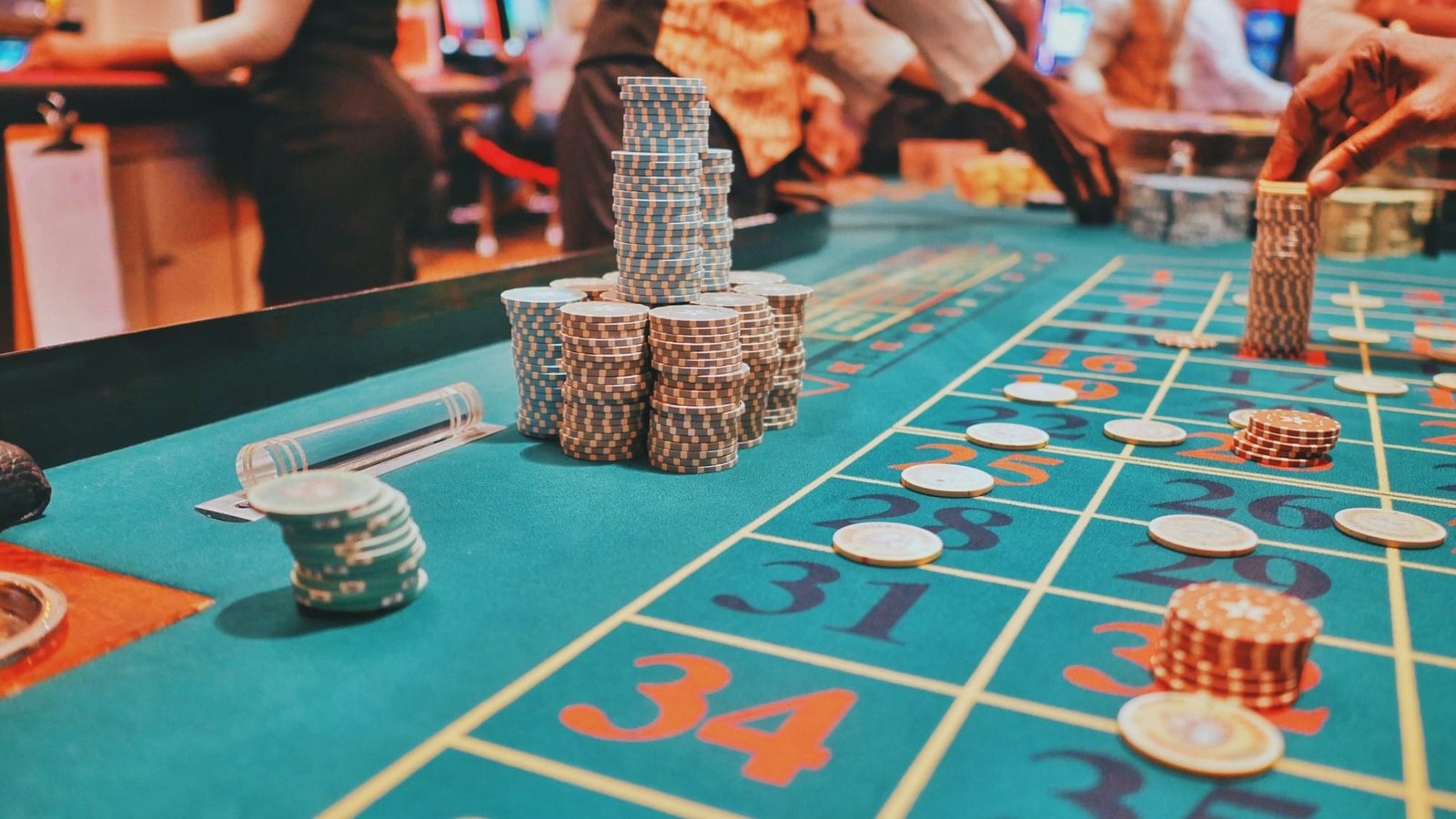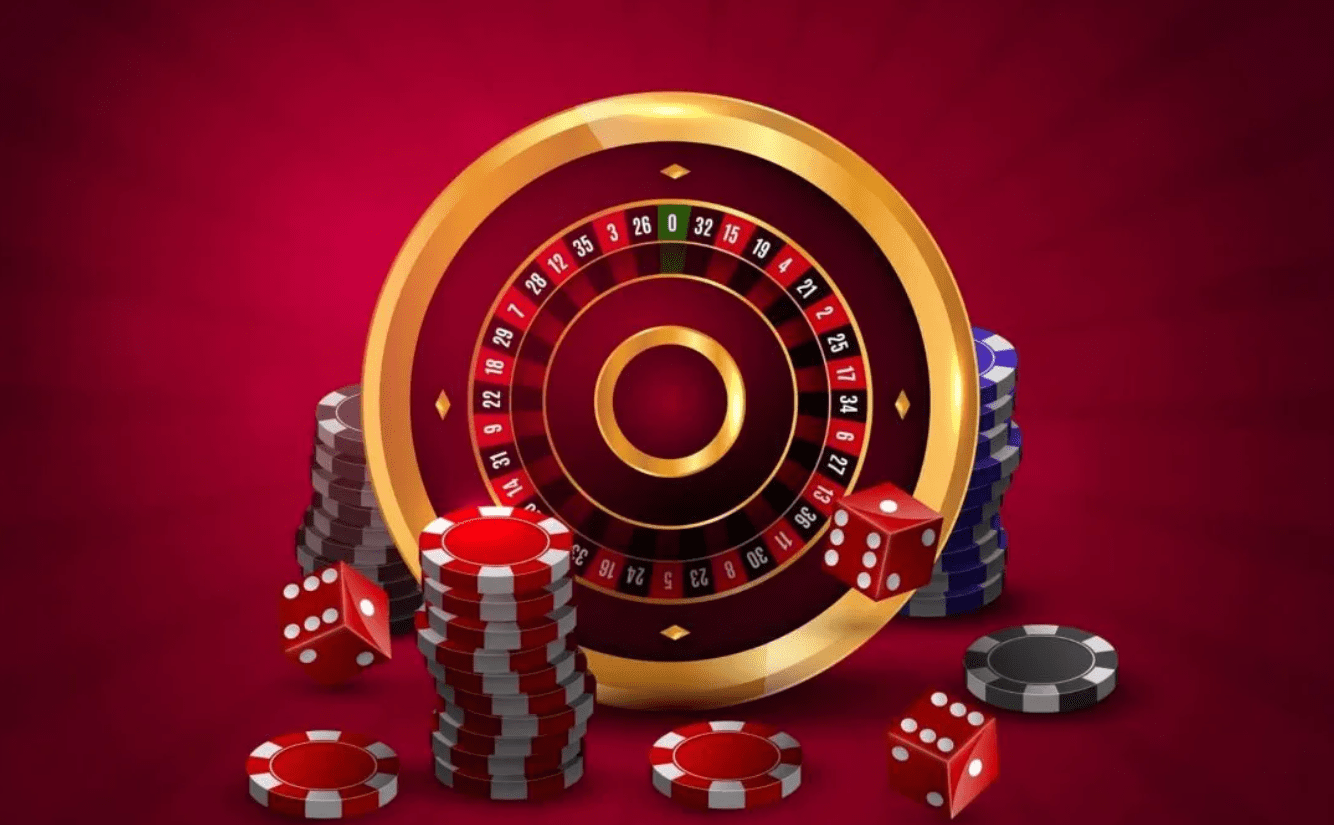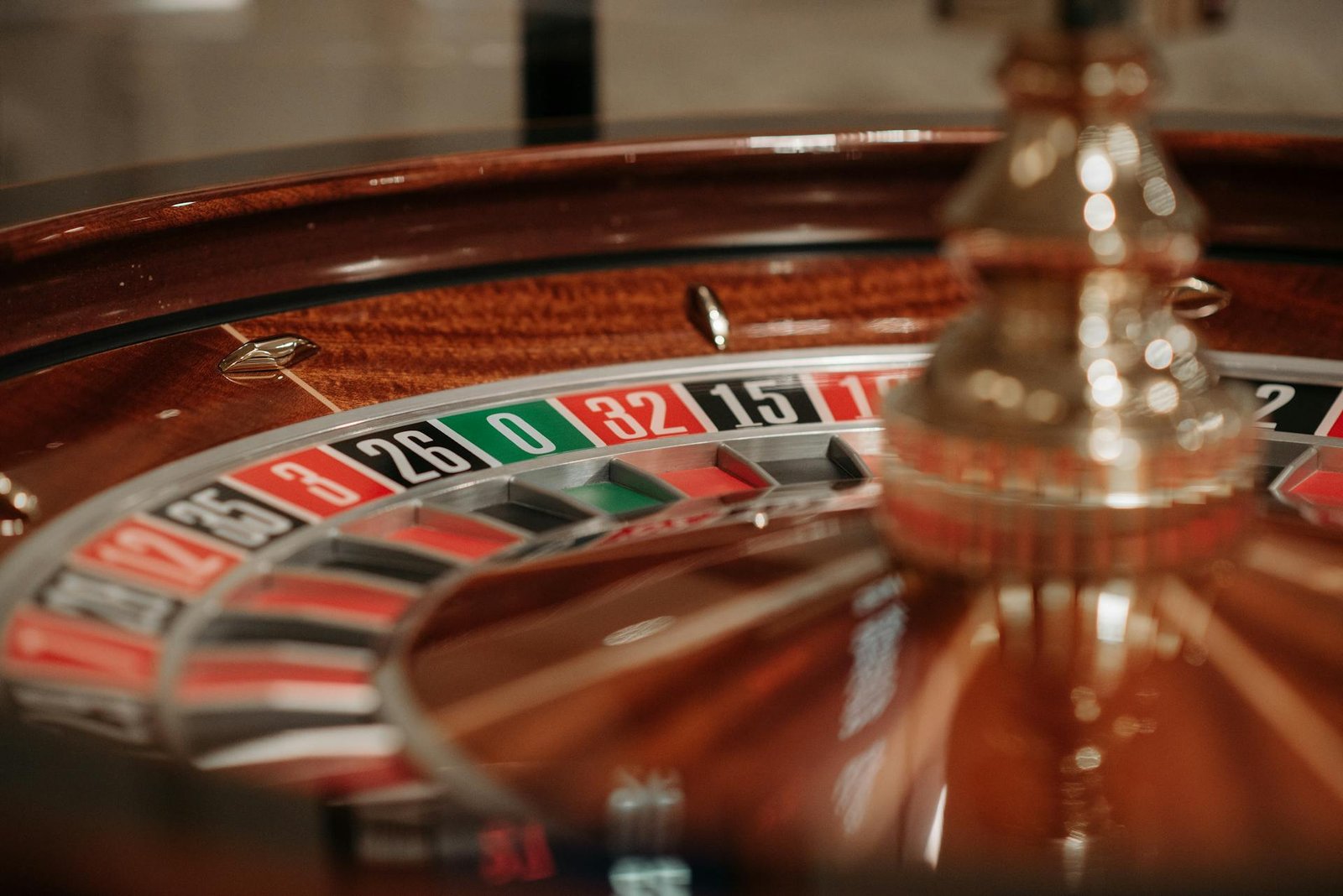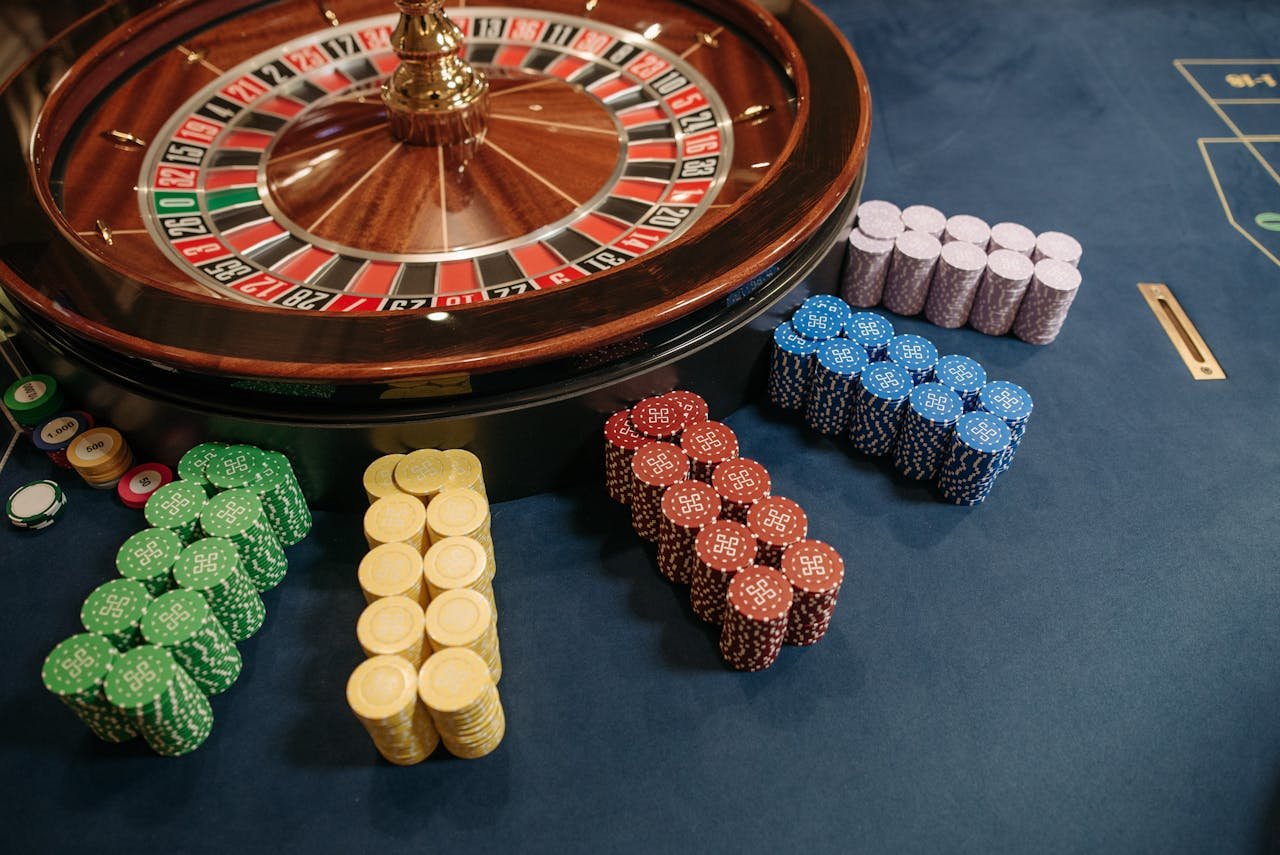How Do Casinos Know If You are Counting Cards Or Not?
Casinos detect card counters through surveillance and by tracking betting patterns. Suspicious behavior triggers further scrutiny from staff. Card

Casinos detect card counters through surveillance and by tracking betting patterns. Suspicious behavior triggers further scrutiny from staff.
Card counting is a skill some players use to gain an advantage in blackjack. This technique involves tracking high and low cards to predict future hands. Casinos invest heavily in sophisticated surveillance systems and employ trained staff to monitor players.
Changes in betting patterns, such as suddenly increasing bets, often signal card counting. Security teams also observe body language and demeanor. Advanced software programs help spot irregularities in play. Casinos take these measures to maintain fairness and protect their profits. Being caught can lead to being banned from the casino. Thus, casinos stay vigilant to ensure fair play.

Credit: www.reveriepage.com
Security Measures
Casinos are serious about preventing card counting. They have strict security measures in place to ensure fair play. These measures help them catch card counters quickly and efficiently.
Surveillance Systems
Casinos use advanced surveillance systems. Cameras are everywhere. They capture every detail. The cameras are called “eye in the sky.” They monitor all tables. Security teams watch the footage closely. They look for unusual betting patterns. They use software to detect card counting. The software flags suspicious behavior. This helps casinos stay one step ahead.
Employee Training
Casinos train their employees well. Dealers, pit bosses, and security staff are all trained. They learn how to spot card counters. They watch for specific signs. For example:
- Changing bet sizes often
- Keeping a close eye on the cards
- Showing unusual excitement or tension
Staff report suspicious behavior. This keeps the casino safe and fair. Employees also use code words. They communicate discreetly. This way, they can alert security without alarming players.
Behavioral Analysis
Behavioral Analysis is a key method that casinos use to detect card counters. This method involves observing players’ actions and reactions. By analyzing various behaviors, casinos can identify patterns that suggest card counting.
Betting Patterns
Casinos closely watch betting patterns. Card counters often increase their bets when the deck is favorable. This is a strong indicator. They bet big when the count is high and small when it is low. This sudden shift in betting size can raise red flags.
Casinos use software to track these patterns. This software helps in identifying irregularities. Consistent large bets after small ones are suspicious. The software alerts the casino staff when patterns match known card counting behaviors.
Player Movements
Player movements are another critical observation point. Card counters tend to be more focused. They might be less engaged in social activities. They often avoid unnecessary chatter. This focused behavior is an indication.
Casinos have cameras everywhere. They monitor how players move and act. Frequent bathroom breaks can be a tactic to keep track of the count. Casinos are aware of these tricks. They keep a close eye on such behaviors.
Here is a summary of key behaviors observed:
| Behavior | Indicator |
|---|---|
| Betting Patterns | Sudden large bets |
| Focus Level | Intense concentration |
| Frequent Breaks | Leaving table often |
These are some of the ways casinos use behavioral analysis. They ensure fair play and detect card counting through these methods.
Technological Tools
Casinos today use advanced technological tools to detect card counters. These tools help maintain fair play and protect their profits. Two main technologies used are software algorithms and facial recognition.
Software Algorithms
Casinos use software algorithms to track player behavior. These algorithms analyze betting patterns and game strategies. They identify any unusual activities that suggest card counting.
The software collects data in real-time. It then compares player actions with known card counting techniques. If a player’s actions match these patterns, the system alerts the casino staff.
Here is a simple example of how software algorithms work:
| Player Action | Algorithm Response |
|---|---|
| Increased bet after a low card | Flag as suspicious |
| Consistent high bets | Monitor closely |
| Changing bet sizes frequently | Analyze further |
Facial Recognition
Facial recognition technology is another powerful tool. Cameras capture images of players as they enter the casino. The system matches these images with a database of known card counters.
Facial recognition can also detect emotions and stress levels. Card counters often show signs of concentration and stress. The system flags these players for further observation.
Facial recognition systems work in the following steps:
- Capture player’s face
- Analyze facial features
- Match with the database
- Flag potential card counters
Using these technologies, casinos can maintain a fair gaming environment. This helps them ensure all players have an equal chance of winning.
Team Coordination
Casinos are vigilant about card counting. They rely heavily on team coordination to spot counters. Let’s delve into how this coordination works.
Pit Boss Roles
The pit boss is the floor manager of the casino. They oversee multiple tables and staff. Their main job is to ensure fair play and detect suspicious activities.
They keep an eye on player behavior. They look for signs of card counting. These signs include players betting in patterns or signaling others.
Pit bosses also use surveillance footage. This helps them review games and spot any unusual actions. They also communicate with other staff members to gather information.
Dealer Communication
Dealers are the first line of defense against card counters. They interact with players directly. They notice if a player is too focused on the game.
Dealers also look for specific betting patterns. These patterns often indicate card counting. They report suspicious behavior to the pit boss.
Dealers use subtle signals to communicate. They may adjust their dealing speed. They also change the deck frequently to disrupt the counter’s strategy.
| Role | Responsibility |
|---|---|
| Pit Boss | Oversee tables, monitor behavior, review footage |
| Dealer | Watch for patterns, report to pit boss, disrupt strategy |
Effective team coordination ensures the casino stays ahead of card counters. Both pit bosses and dealers play crucial roles in this effort.
Player Profiles
Casinos use player profiles to track and monitor their guests. This helps them identify patterns in playing behavior. A player profile is a collection of data about a player’s habits and tendencies. This includes how often they visit, how much they bet, and any unusual behavior. Understanding these profiles helps casinos spot potential card counters.
History Tracking
Casinos keep detailed records of each player’s activity. This is known as history tracking. They log every visit, bet amount, and game choice. This data helps them build a comprehensive profile. If a player wins consistently, the casino takes notice. They then compare this behavior to known card counting patterns.
Casinos use software to track this data efficiently. This software alerts them to any suspicious activity. Here’s an example table of what they might track:
| Visit Date | Game Played | Bet Amount | Outcome |
|---|---|---|---|
| 2023-10-01 | Blackjack | $100 | Win |
| 2023-10-02 | Blackjack | $200 | Win |
| 2023-10-03 | Blackjack | $300 | Win |
Risk Assessment
Casinos perform a risk assessment based on the player’s profile. They evaluate the risk of potential card counters. High-risk players are watched more closely. They may even receive less favorable conditions. For example, they might face frequent shuffling or be banned from playing certain games.
Risk assessment involves several factors:
- Consistent wins over multiple visits
- Large fluctuations in bet amounts
- Extended periods of play without breaks
Once identified, high-risk players are monitored continuously. Casinos aim to protect their revenue while ensuring fair play. Their goal is to maintain a balance between attracting players and minimizing losses.
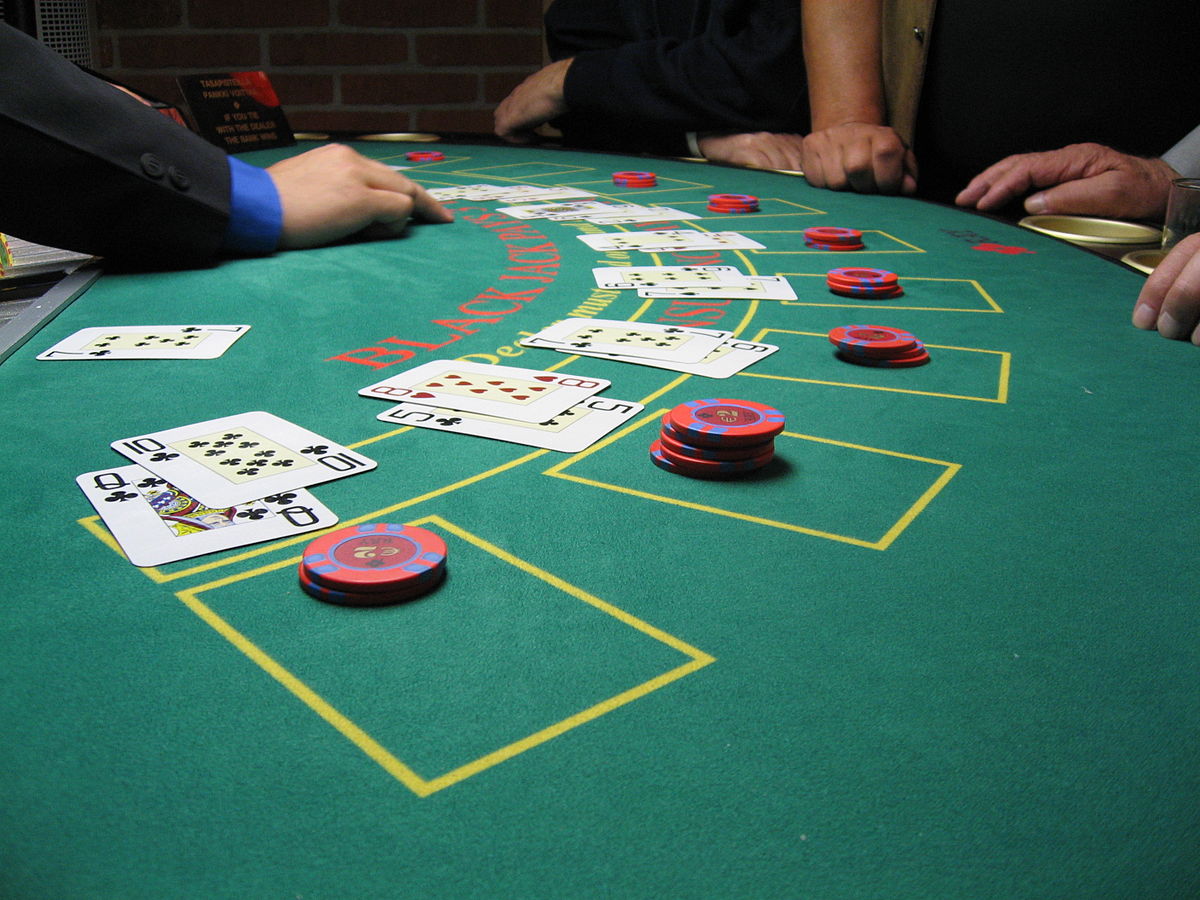
Frequently Asked Questions
How Can Casinos Prove You’re Counting Cards?
Casinos use surveillance cameras, track betting patterns, and employ staff to monitor player behavior. They spot unusual betting increases.
Can Casinos Punish You For Counting Cards?
Yes, casinos can punish you for counting cards. They may ban you, remove you, or limit your play. Counting cards isn’t illegal but casinos can refuse service.
How Do Casinos Stop People From Counting Cards?
Casinos prevent card counting by using multiple decks, frequent shuffling, and employing automatic shuffling machines. They also monitor players closely, banning suspected counters.
Will Casinos Kick You Out For Counting Cards?
Yes, casinos can kick you out for counting cards. While not illegal, it violates casino policies.
Conclusion
Casinos use various methods to detect card counters. Surveillance technology and trained staff play crucial roles. Understanding these tactics can help players. While card counting isn’t illegal, it can lead to a casino ban. Always play responsibly and enjoy the game.
Stay informed for a better gambling experience.


